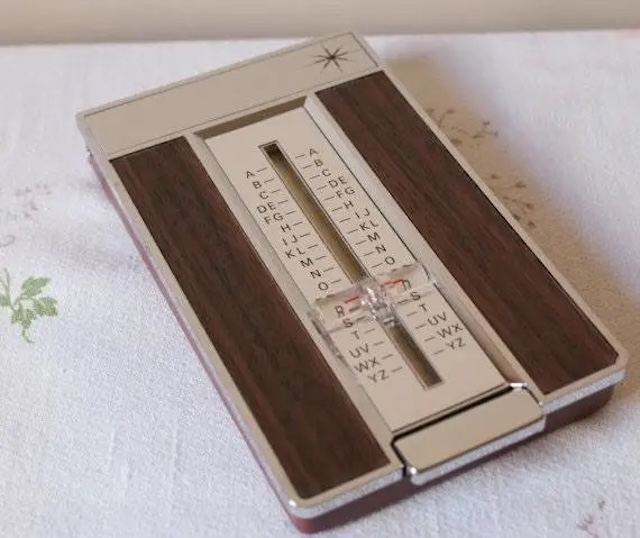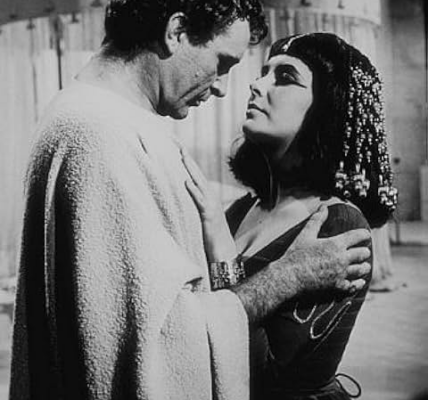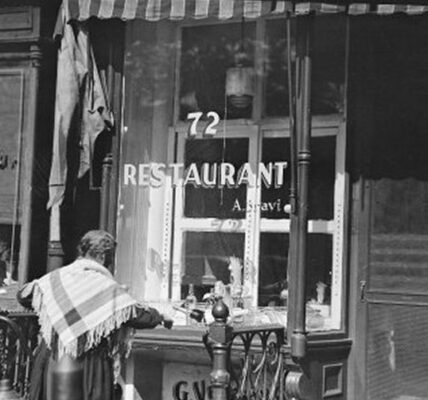In today’s digital world, organizing contacts is as easy as typing a few letters into a smartphone. But there was a time, not too long ago, when managing contacts required patience, penmanship, and a bit of charm. One iconic device that symbolized this era was the vintage flip open address index. More than a tool, this piece of functional nostalgia was a bridge to a slower, more thoughtful age of communication.
A Nostalgic Journey into the Past

Remember the days before smartphones, when jotting down someone’s contact details meant something personal? If you do, you might recall the flip open address index—a small but mighty fixture in many homes and offices. This wasn’t just a tool; it represented an era filled with handwritten letters, carefully curated address books, and the art of staying connected. With just a flick of the wrist, this handy device revealed names, addresses, and phone numbers, neatly organized and ready to be accessed.
The address index often sat on desks and kitchen counters, usually close to the telephone. Its compact, flip-open design made it easy to find information quickly, revolutionizing organization in a time when staying in touch took effort and intentionality.
The Elegant Design of the Flip Open Address Index
The charm of the vintage flip open address index was rooted in its thoughtful design. Many were encased in wood or metal with sleek finishes, sometimes featuring decorative patterns or classic colors. Inside, an alphabetical tab system provided access to each contact. Under each tab, small slots or cards awaited handwritten details—names, addresses, phone numbers—creating an organized, stylish solution for managing contacts.
The flip open design brought elegance to an everyday task, offering a quick and efficient way to retrieve information. In an age when handwritten notes were the norm, this index added a sense of order to communication that today’s digital methods struggle to match.
The Rise and Popularity of the Address Index

The flip open address index saw its golden age between the 1950s and 1970s, a period when telephones were becoming common in households and offices. With phone lines came the need to keep track of numbers, and the address index met this need perfectly. Whether used by busy professionals or homemakers, it quickly became indispensable.
In a culture that valued networking and social engagement, the address index wasn’t just functional; it was a style statement. Its presence in popular films and TV shows symbolized a level of organization and sophistication that defined mid-century America. The index’s popularity went beyond practicality; it added a touch of professionalism and style to any desk.
An Icon in Popular Culture

Despite its simplicity, the vintage flip open address index grew into a cultural icon. Frequently seen in movies and TV shows, it often accompanied characters who embodied a balanced, organized lifestyle. In this way, the index became a symbol of thoughtful connection—a visual reminder of the importance of staying organized and maintaining meaningful relationships.
Collectors today search for these vintage pieces, drawn not only to their utility but also to the memories they bring. Many vintage address indexes have survived in excellent condition, reminding us of a time when our connections were personal, stored in handwriting, and kept within arm’s reach.
The Personal Touch of Keeping Contacts

One of the most endearing aspects of the flip open address index was its personal touch. Each entry was handwritten, with the cards or pages filling up with details and memories over time. Adding a contact meant taking a moment to write down someone’s name and address, giving each entry a sense of importance. Unlike today’s quick, impersonal digital entries, using an address index was a small ritual that made each connection feel real.
The flip open index offered a sense of permanence in contact keeping. In an age when data can be lost with a single tap, holding a physical record of your contacts felt secure and lasting. Each entry was like a small story, a reminder of relationships that didn’t vanish with software updates or device changes.
The Social Etiquette of the Address Index
Owning a flip open address index came with certain social norms. For example, if you received a holiday card from someone, social etiquette practically required sending one in return. This meant flipping through your index, locating their address, and ensuring you stayed connected. The flip open index became an essential companion during holidays, helping to maintain social ties.
For professionals, the index was even more valuable. Salespeople, executives, and small business owners relied on it to track clients, follow up on meetings, and keep professional relationships intact. The address index was more than a tool; it was a trusted ally in the art of networking.
The Digital Takeover and the Decline of a Classic

As computers and smartphones took over, the flip open address index gradually faded from use. Digital storage offered an easy way to manage contacts, making the handwritten address index seem outdated. Emails and instant messages replaced handwritten notes, reducing the need for physical address books. The ease and convenience of digital contact keeping overshadowed the charm of the handwritten index, relegating it to antique stores and collections.
Yet, for those who remember using these devices, the address index holds special memories. It symbolizes a time when communication was more deliberate and keeping in touch required a little more effort. For many, the address index was a part of daily life, a relic of a personal touch that has largely disappeared in today’s fast-paced digital age.
Conclusion: A Legacy of Personal Connection
The vintage flip open address index was far more than just a contact organizer; it was a reminder of a time when each connection mattered. It represents an age when communication was filled with personal touches and thoughtful details. Though it may seem outdated, the flip open address index remains a cherished symbol of an era when every contact was important.
If you happen to come across a vintage address index, take a moment to appreciate the memories it holds. It’s more than just a tool; it’s a piece of history, a connection to a past where every name and address had its place, lovingly handwritten and preserved. In our digital age, this classic item serves as a nostalgic reminder of the beauty and value of personal connection.


